

Selecting the appropriate drywall plasterboard screws is crucial for a successful project. The wrong screws can lead to stripped holes, poor holding power, and even damage to the drywall. This guide will help you navigate the selection process, ensuring you choose the best screws for your specific needs.
Several head styles are available for drywall plasterboard screws, each suited for different applications:
The material of the screw impacts its strength, durability, and resistance to corrosion. Common materials include:
Screw size is critical. It's determined by length and gauge (thickness). Using the correct length is crucial for adequate penetration and holding power. Using too short screws can lead to pull-through, while overly long screws may protrude through the surface.
Drywall plasterboard screws are commonly used in:
When selecting drywall plasterboard screws, consider these factors:
| Screw Type | Material | Head Style | Length (inches) | Advantages | Disadvantages |
|---|---|---|---|---|---|
| Self-Tapping | Steel | Wafer Head | 1-1/4 | Cost-effective, easy to use | Susceptible to rust |
| Self-Tapping | Stainless Steel | Bugle Head | 1-1/2 | High corrosion resistance, strong hold | More expensive |
| Self-Drilling | Zinc-Plated Steel | Pan Head | 1 | Good corrosion resistance, good for thin materials | May require pre-drilling |
For high-quality drywall plasterboard screws, consider suppliers specializing in construction materials. Contact us at Hebei Muyi Import&Export Trading Co.,Ltd (https://www.muyi-trading.com/) for superior products and competitive pricing. We offer a wide selection of screws to meet diverse project needs.
Remember to always follow safety guidelines when working with power tools and fasteners.


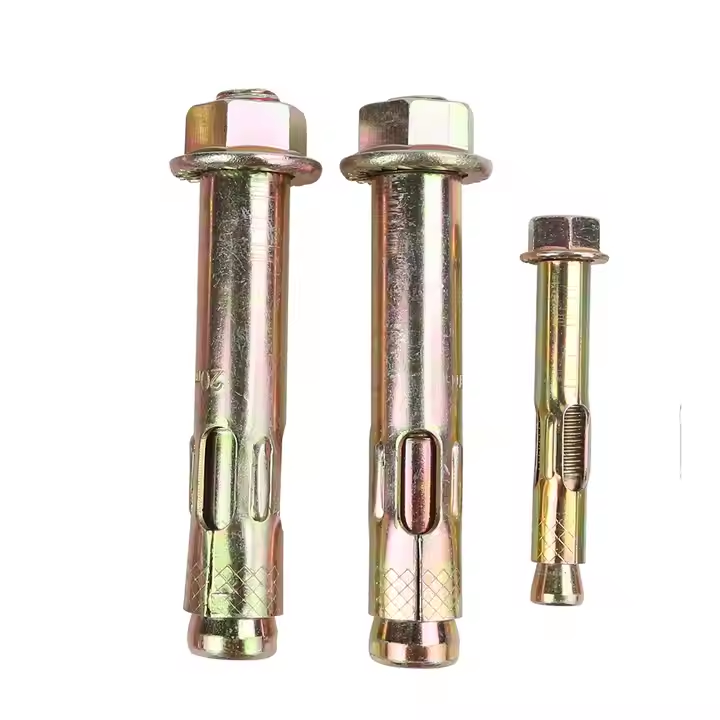
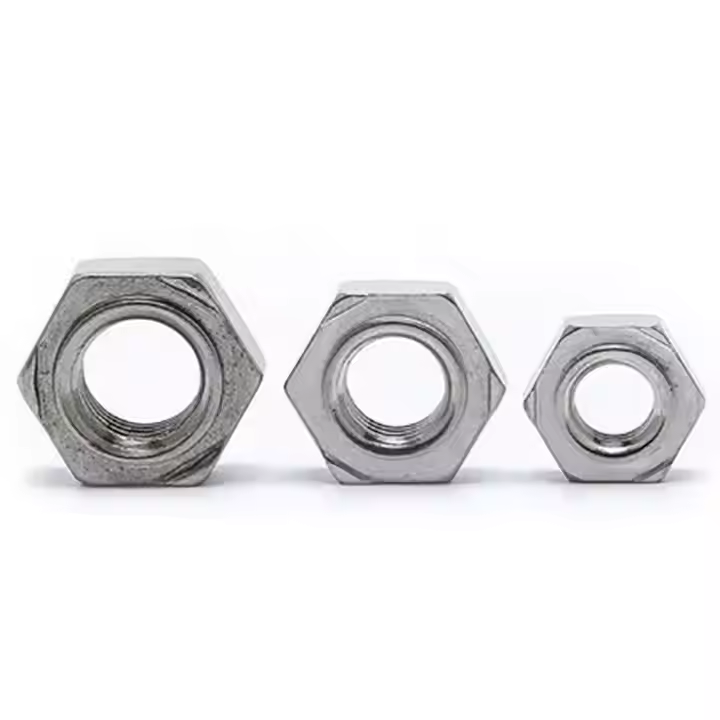

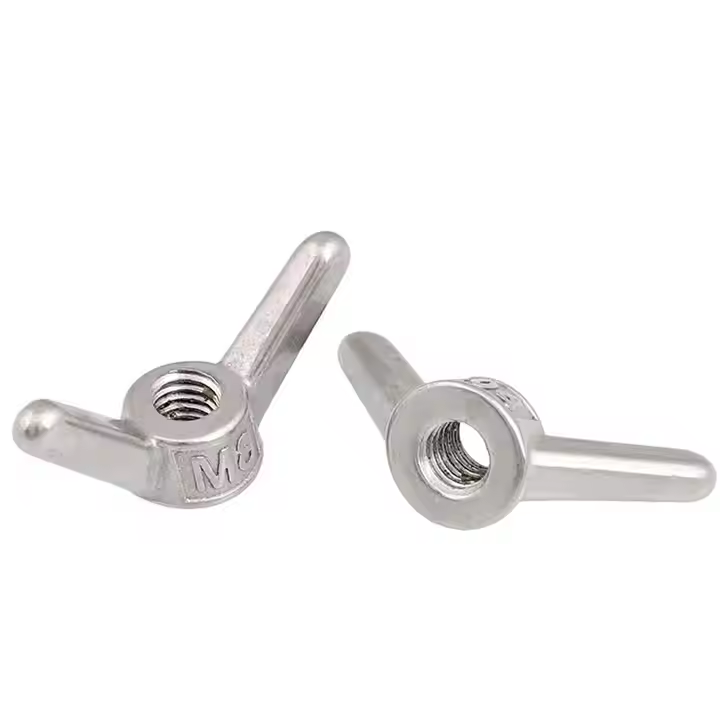
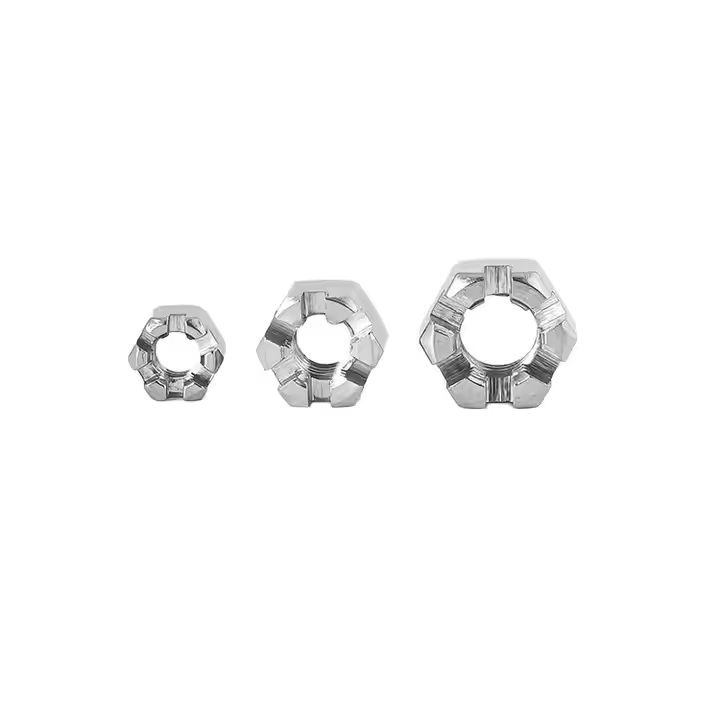
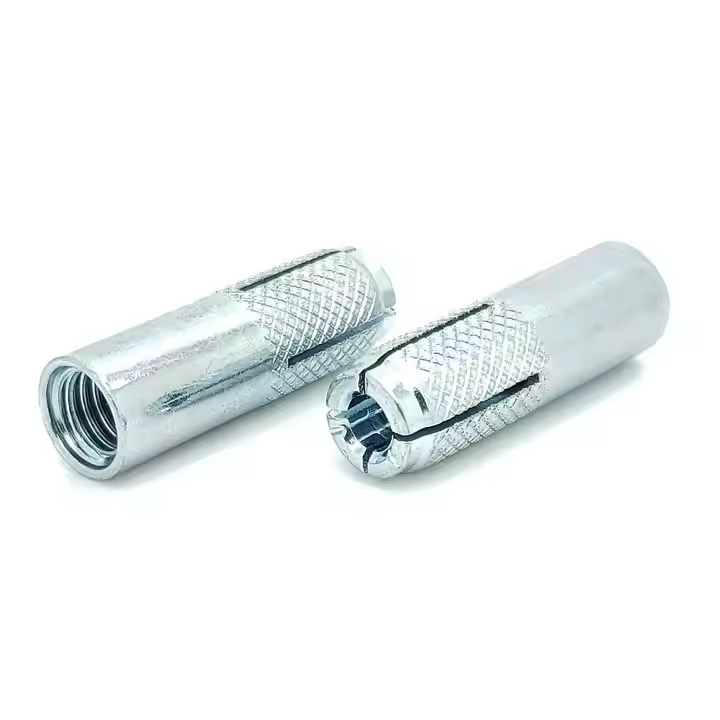
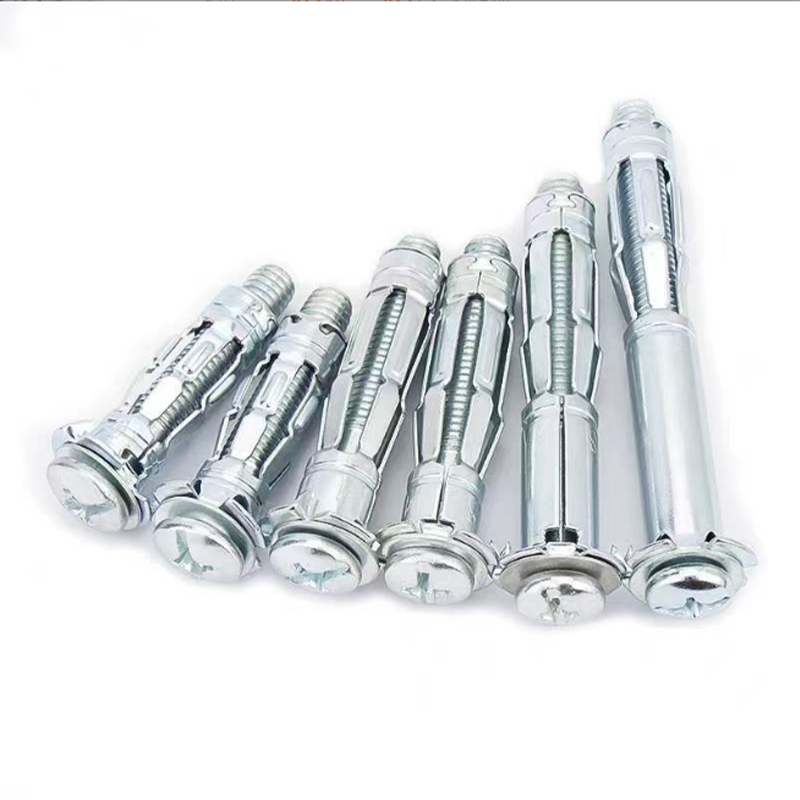
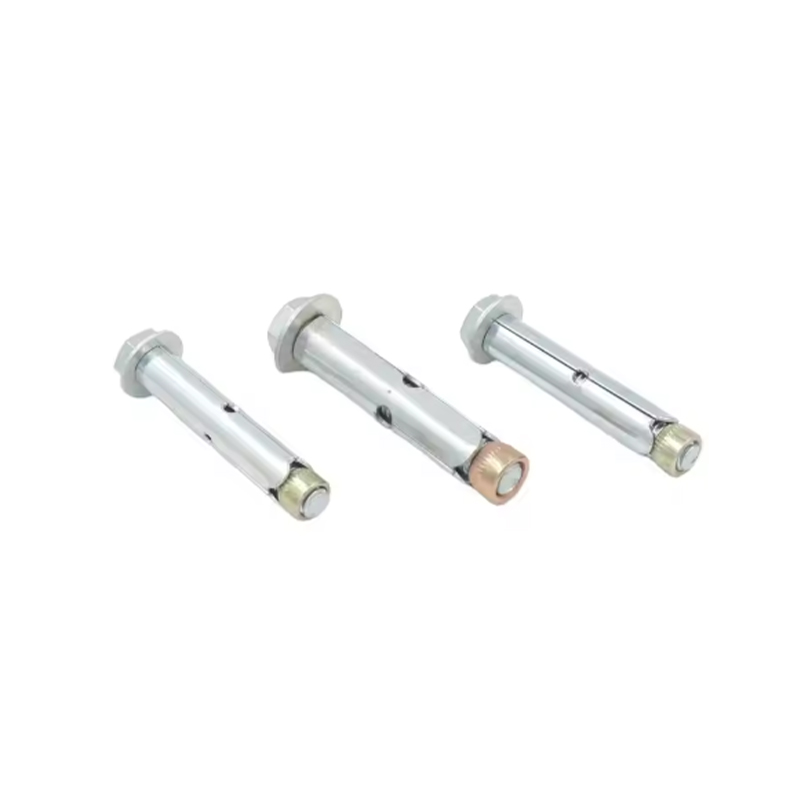
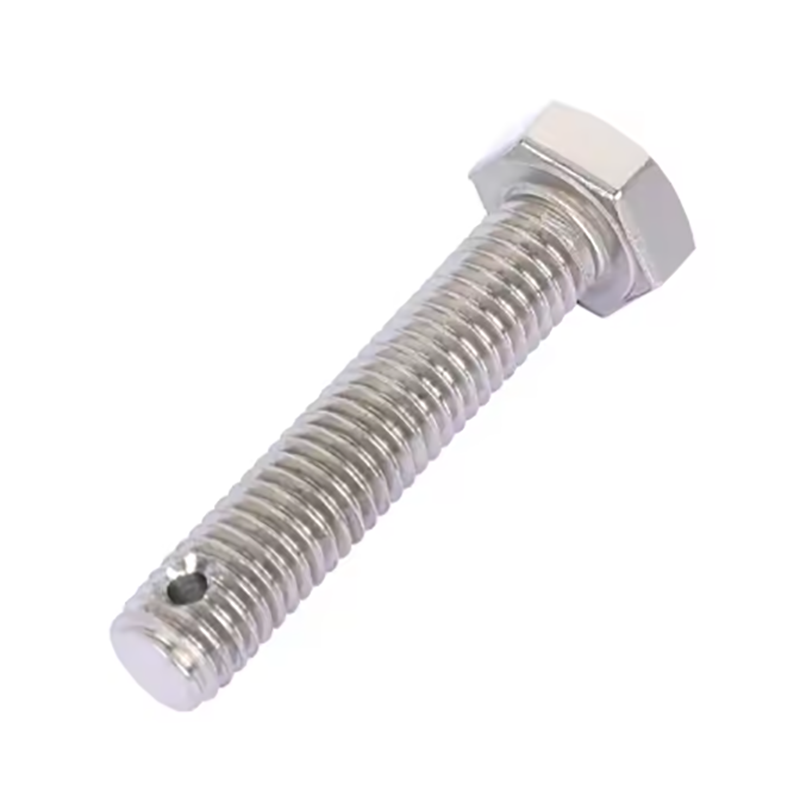
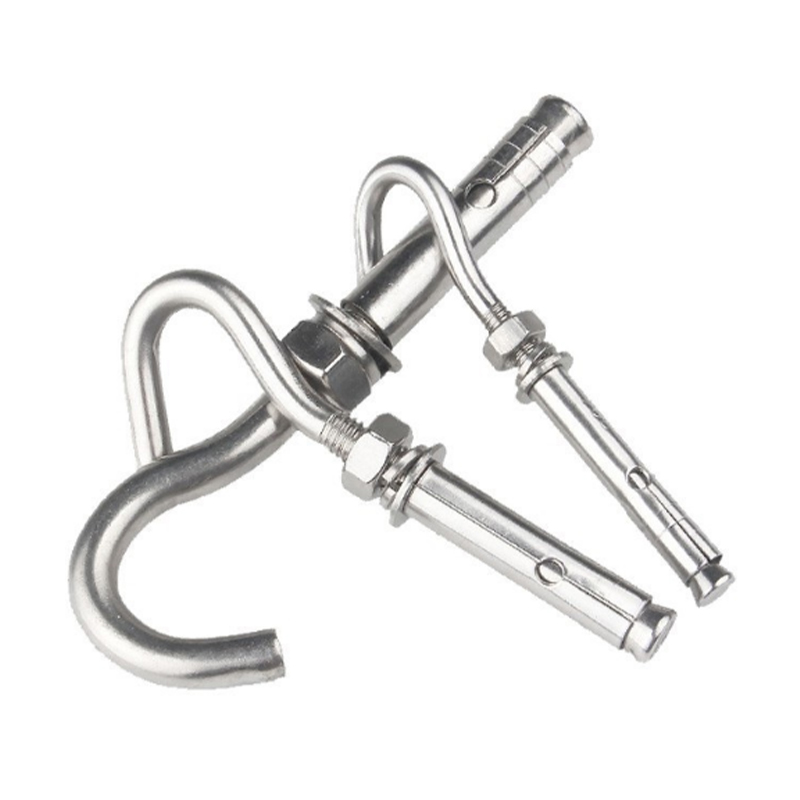
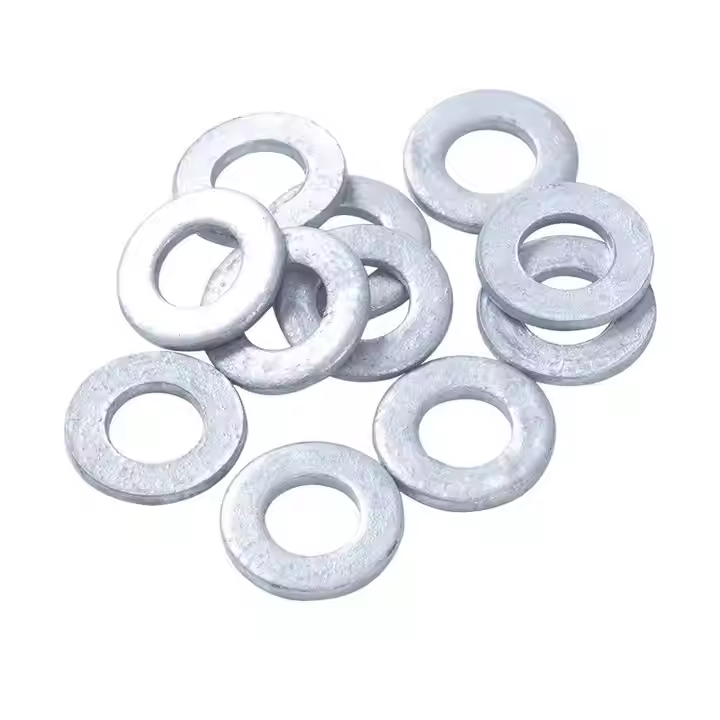
Please enter your email address and we will reply to your email.